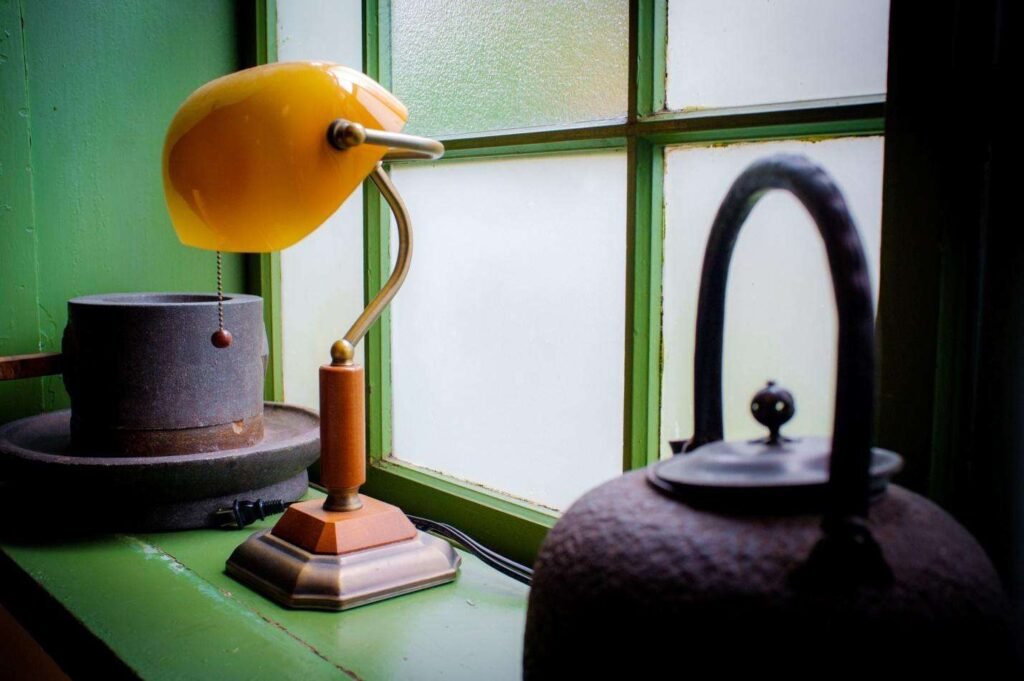
While fashion fads come and go, few can argue that our houses’ present modern design has an overall theme. Simplicity, simplicity, and streamlined design appear to be popular in both interior design publications and store warehouses, and there are several reasons for this. Importance of antiques in interior design is discussed in this article.
For one thing, space becomes a valuable commodity. While individuals undoubtedly like the comfort and elegance that vintage art deco furniture can provide, in a tight area, a clean minimalistic build may be preferable to purposeful complexity.
The trend toward low-cost, easy-to-assemble, install, replace, and, eventually, throwaway items is visible in every facet of modern life. Every type of goods, from home appliances to portable gadgets to autos to furniture, has seen significant progress in this area.
Furthermore, towards the turn of the century, an invasion of cheap knock-offs and their usage as tasteless décor blurred the boundary between posh and kitsch for many people. Then there’s the matter of the exorbitant costs that were common for vintage or antique furniture and design items around the start of the twentieth century.
These and other reasons have driven antique furniture into the background in terms of interior design. However, there are some signs that this situation is going to shift once more.
Table of Contents
The Allure of Nostalgia Has Grown
When it comes to modern interior design, functionality and minimalism are frequently the standard. Although functioning is vital in some situations, it is not always the case.
People are currently in such a scenario as a result of the current epidemic and the slew of limitations that have followed from it. People will spend an unusual amount of time at home, surrounded by their furnishings rather than their friends, if they are prevented from going outdoors and mingling. While no amount of interior design can ever aspire to replace human connection, the truth remains that any escape from the current situation is welcome.
Being surrounded by antiques that conjure recollections of simpler, more joyful times undoubtedly aids in this respect. Vintage things have a reassuring quality to them; they may not always fit exactly into the aesthetics of the modern home, but their detailed design and craftsmanship make them simple to admire. This is one of the reasons why so many people are rediscovering their interest in antique furniture, a trend that is unlikely to be reversed by COVID-19.

Visual appeal has grown in importance.
There’s no getting past the reality that people have a strong preference for beautifully constructed hand-crafted things. Although a clean, minimalist mass-production design has its own attraction for many individuals, human eyes are programmed to seek for intricate structures. Human minds are hardwired to be drawn to and enjoy visual stuff.
In this way, antique furniture clearly outperforms modern furniture. None of today’s mass-produced furniture can compete with the intricacy and craftsmanship of a similar sort of product from a century or more ago. The design philosophy that guided the production of things that serve the same function back then and now is considerably different, and as a result, they have a significant visual difference.
Under normal circumstances, it’s easy to overlook the benefits of the antique aesthetic over its modern version in favor of convenience. That is, unless you are forced to spend your whole day in a room with nothing but simple surfaces.
Such environments can rapidly become oppressive. Another reason many people have let antique furniture back into their lives is the desire to escape away from it all and add visual appeal to their daily lives. This admiration for carefully made detail, once recognized, is unlikely to fade very soon.
Recycling is currently fashionable.
For months before the globe began to revolve around COVID-19, environmental problems were the subject of the day. While there are many critical challenges relating to the pandemic at the moment, the demand for eco-friendly solutions to everyday problems has not gone away.
Going green is another reason why people are interested in antiques – purchasing secondhand furniture simply counts as a kind of recycling. It decreases market demand for brand new furniture, which in turn reduces demand for lumber and ensures that no further burden is placed on the environment.
Bespoke Crafts and DIY are becoming increasingly popular.
DIY is now more appealing to people than ever, as evidenced by the billions of views registered by crafting and restoration films and supercuts on all accessible platforms. For years, TV has been devoted to the topic of furniture restoration, with entire channels devoted to it.
With DIY guides and resources widely available, many people have turned to repairing pieces from their own home design using ways they have seen demonstrated online.
And it’s no surprise that so many individuals are collecting historic objects to repair for joy or profit. In times of adversity, everyone needs a pastime, and creating or mending actual works of art that can subsequently be used in everyday life happens to be an extremely fulfilling one.
The Pricing Issue Has Been Resolved
High demand had driven antique furniture prices to absurd heights around the turn of the century. This is no longer the case twenty years later – high-quality antique furniture is now more commonly available than ever, and getting your hands on it doesn’t have to break the budget.
This is also a point that will become increasingly important post-covid, as the financial ramifications of lockdowns and the present economic crisis become clear.
Read more: Office Furniture Dubai: Top Tips and Advice for Your Office